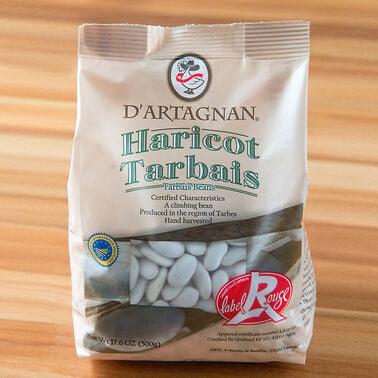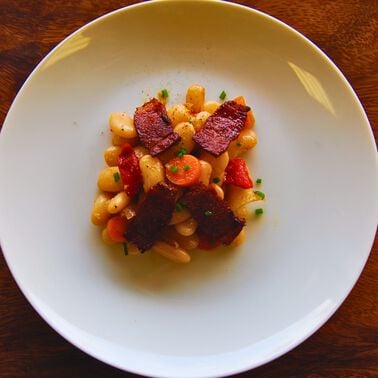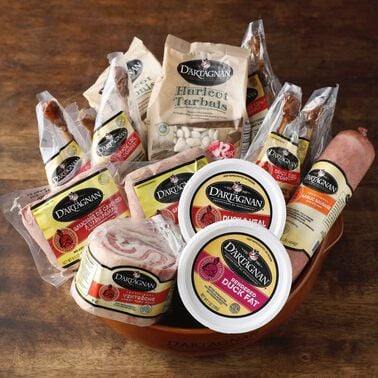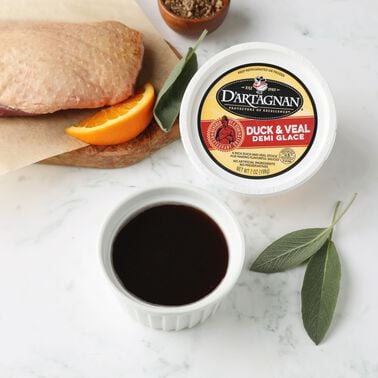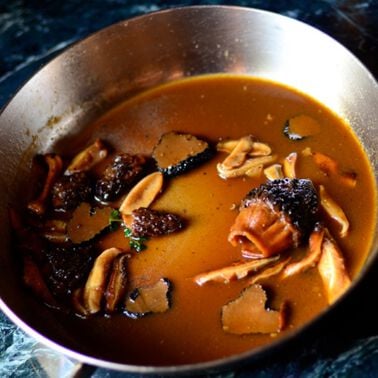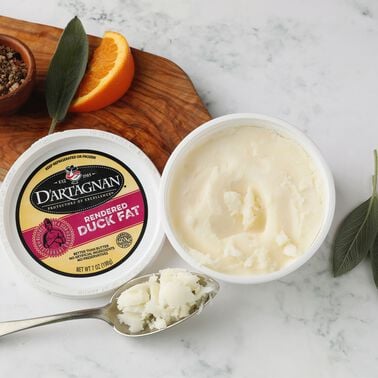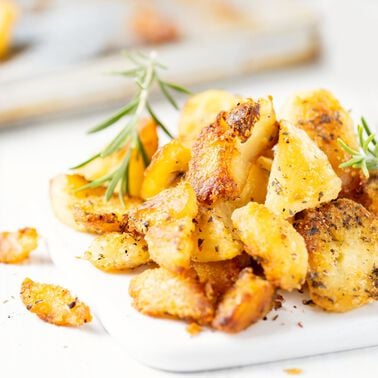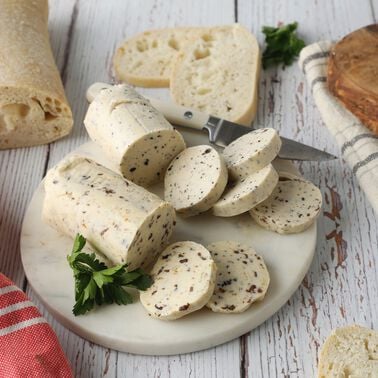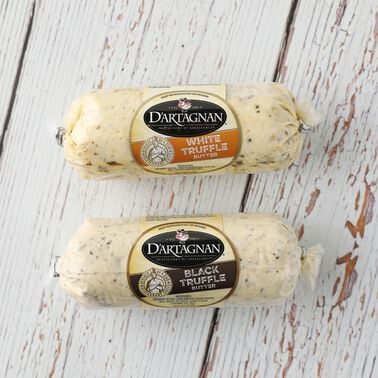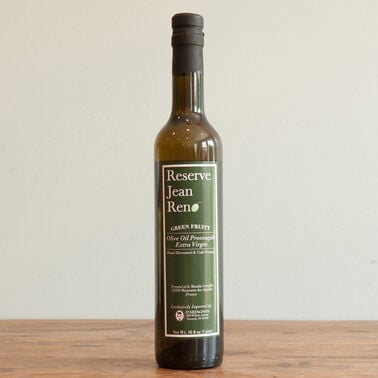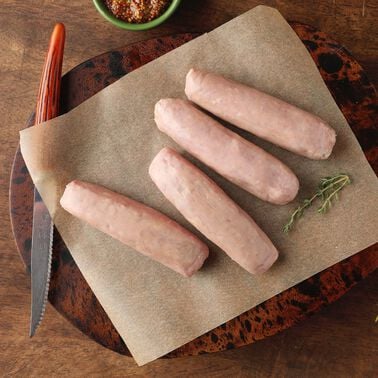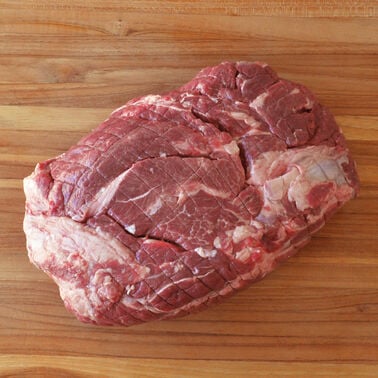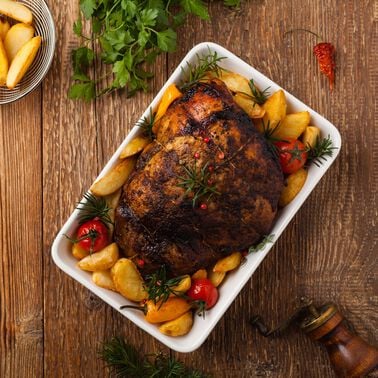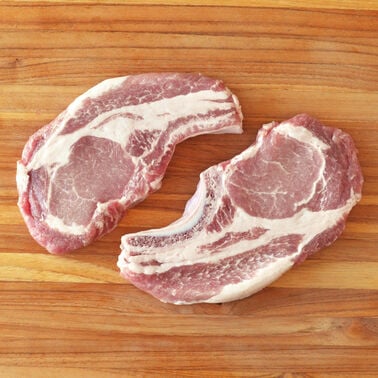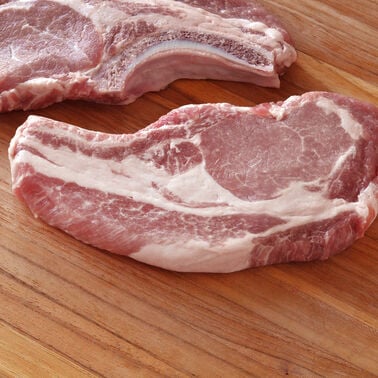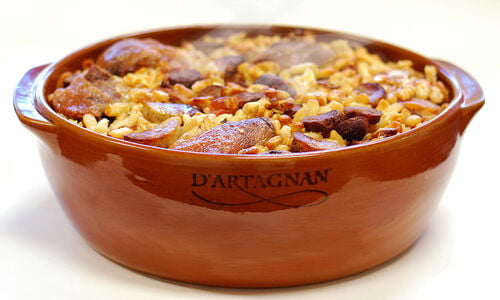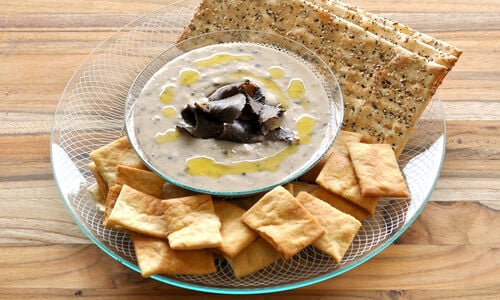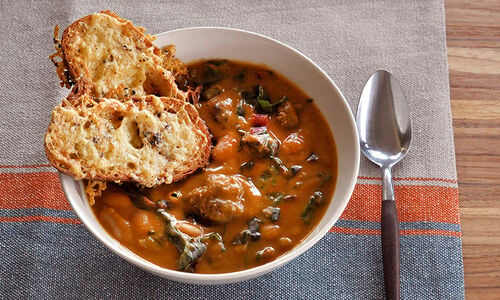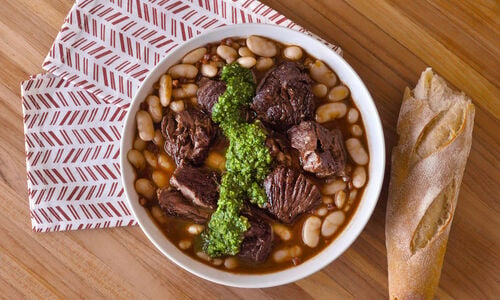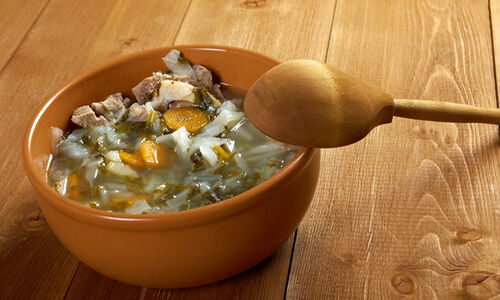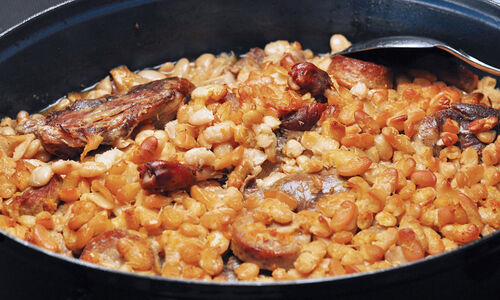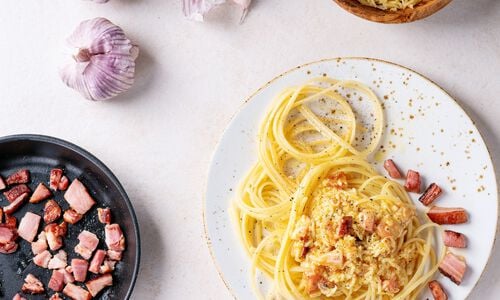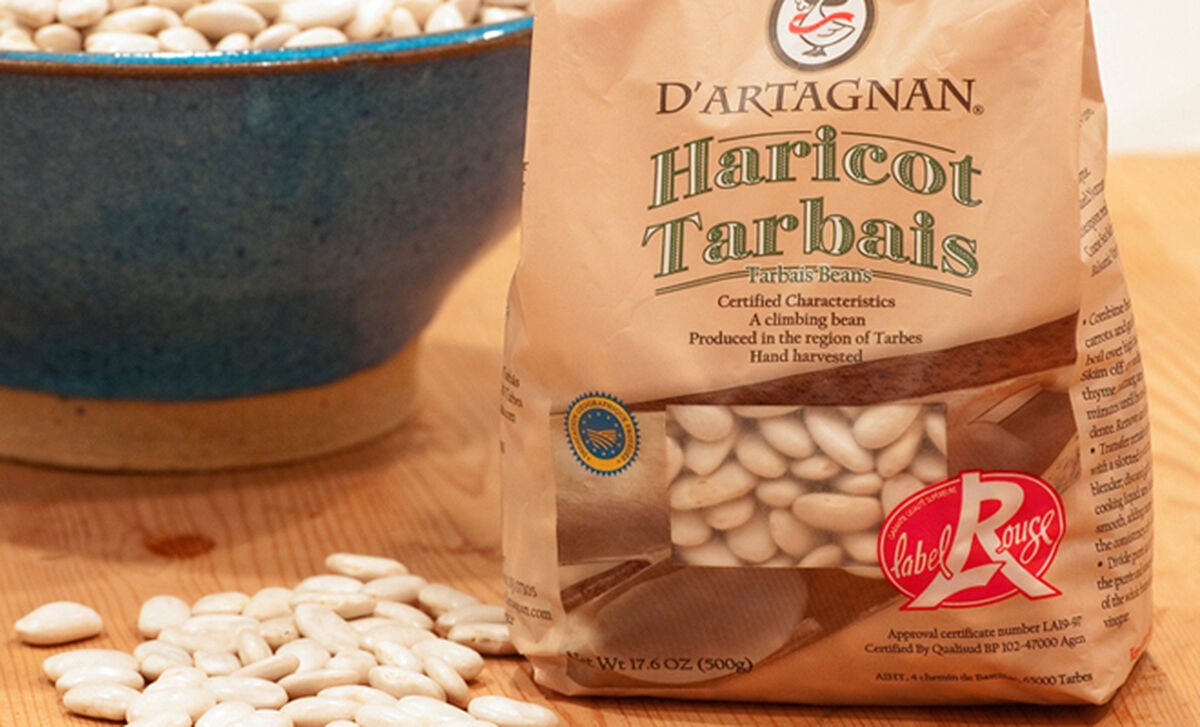
History of Tarbais Beans
The bean was first brought to Europe by Christopher Columbus, and it adapted well to the sunny, dry climate and rocky soil of the Southwest of France. It is said that when Catherine de’ Medici, the future wife of Henry II of France, arrived at Marseilles in 1533, she carried with her a bag of beans given to her by her brother as a wedding gift.
But it is the Bishop of Tarbes that usually gets credit for championing the bean after a visit to Spain. He began to grow beans in his own garden in the 17th century, and with his encouragement (and blessing) the bean was introduced to the farmers of his region of Tarbes. The haricot Tarbais flourished at the foot of the Pyrénées and its cultivation secrets were passed down from generation to generation.
Grown for Greatness
Haricot Tarbais are a type of pole bean, and are planted in May alongside corn, another New World crop, a system whereby the corn stalk acts as a pole to support the vigorous bean vine, which can grow to 8 feet. Tarbais beans must be laboriously picked by hand, as they are entangled with corn stalks and continue to flower all season. The Tarbais beans are sold fresh or semi-dry as they are picked, from late August through September. But many are fully dried on the vine, and it is these that are picked in October, and destined for the traditional cassoulet of the region.
Save the Beans
Tarbais beans and their labor-intensive production methods dropped out of favor in the 1950s, when more industrialized methods of farming were introduced to the region. It took a severe decline in the number of Tarbais beans to awaken the concern of a group of traditionalists in the mid-1980s. They and the department of agriculture set out to cultivate the Tarbais beans and protect them from vanishing.
As a result of their effort, the Tarbais bean was the first bean to be granted the “Label Rouge” in 1997, and in 2000 it obtained IGP status (Indication of Protected Geographical Origin). Only members of a small, closed cooperative in Tarbais are allowed to use that name for their beans, and production is tightly regulated. They all grow a single strain, Alaric, which is harvested entirely by hand, in the old way. True Tarbais beans are identified with the term “Label Rouge” on the packaging, which ensures that the Tarbais bean is a traditional local product of outstanding quality.
Cassoulet
It would be impossible to talk about Haricot Tarbais and not discuss the traditional Gascon cassoulet. This dish has ignited passions in the Southwest of France for generations, each town claiming their version to be the one true recipe for cassoulet. The miracle of the Tarbais bean is that most beans will remain whole during cooking, but just enough beans will burst and help to thicken the cassoulet during its many hours in the oven. Many people in the region claim it is the only bean suitable for making cassoulet.
Whatever the recipe (we, of course, believe ours is the best), cassoulet is a bean and meat dish that cooks low and slow for hours, and feeds a crowd, often for several meals. Cassoulet tastes even better the day after it is cooked, as some kind of alchemy occurs when it is refrigerated for 24 hours and then reheated.
To make a cassoulet, start with our French Coco Tarbais Beans - Label Rouge, of course. The large, white bean has a thin skin allowing it to cook easier than other beans while still retaining its flavor and composition for the slow, mouthwatering stew. Beyond the beans, a cassoulet includes cured meats like duck confit; flavor-happy duck & Armagnac sausage, garlic sausage, and ventrèche, or French pancetta; and a touch of duck and veal demi-glace and duck fat. We offer an easy-to-follow Cassoulet Recipe Kit, a perfect way to establish your own cassoulet tradition. Cassoulet makes a great holiday meal and is best enjoyed with a few bottles of wine from Southwest France (we like Madiran in particular).
The delicate taste, thin skin, and low starch content of the Tarbais bean make it a useful bean for many other dishes as well.
Cooking
- For a spicy, easy sausage dinner, we like to grill lamb merguez sausage and serve atop wilted spinach, Tarbais beans, and a light mustard dressing. For an extra kick, stir some harissa into the dressing.
- Try ground buffalo chili made with Tarbais beans for a unique texture and flavor.
- Tarbais beans pair well with pork, so our recipe for pork chops with beans and escarole is a natural fit, and will likely become a go-to meal in your kitchen.
- Creamy Tarbais beans with truffles make a delightful dip.
- Purée them with Black Truffle Butter, and spread on crostini.
- Purée cooked beans with garlic, lemon juice, olive oil, and parsley to make a dip (think hummus) and serve with homemade oregano pita chips.
No matter the season, stewpot, or picnic occasion, Tarbais beans are a welcome addition to any table.
